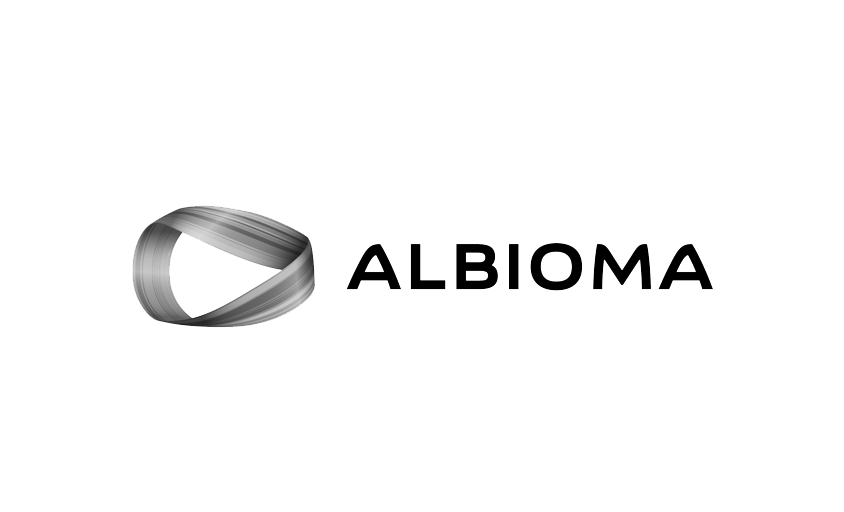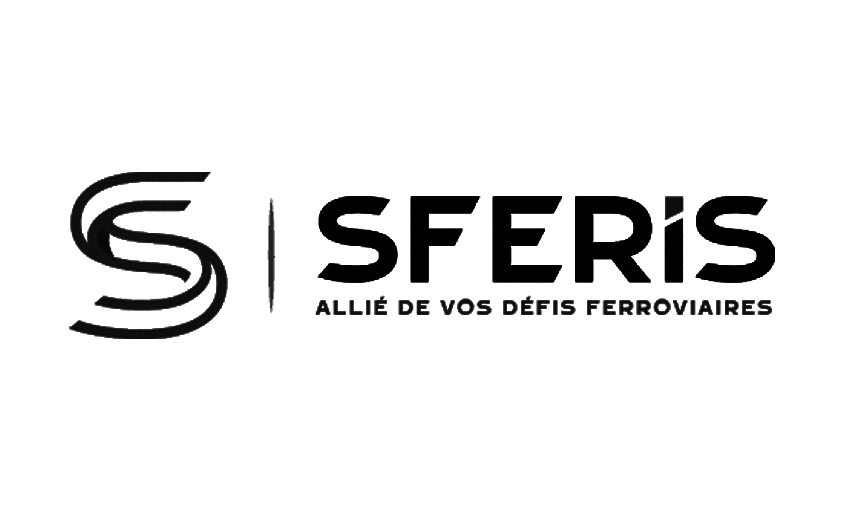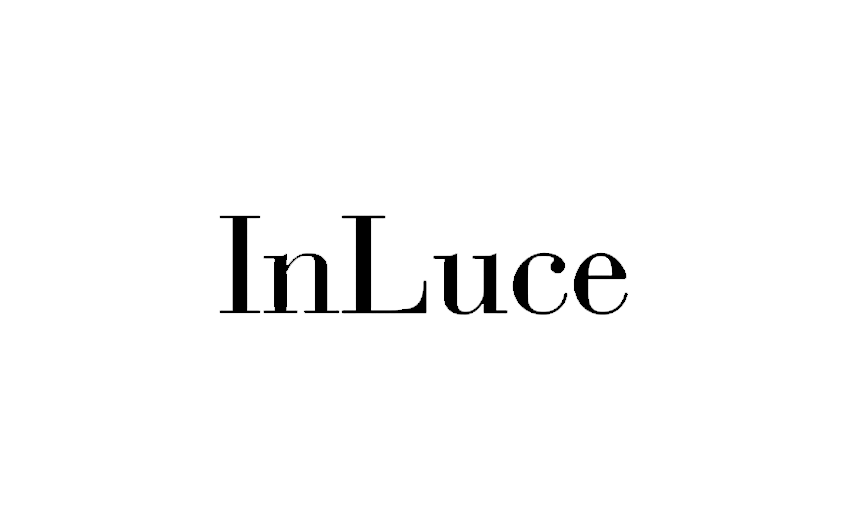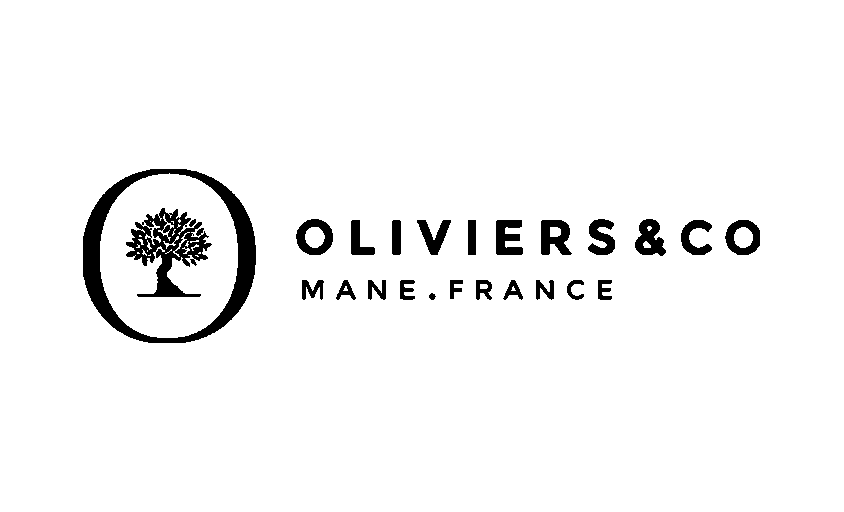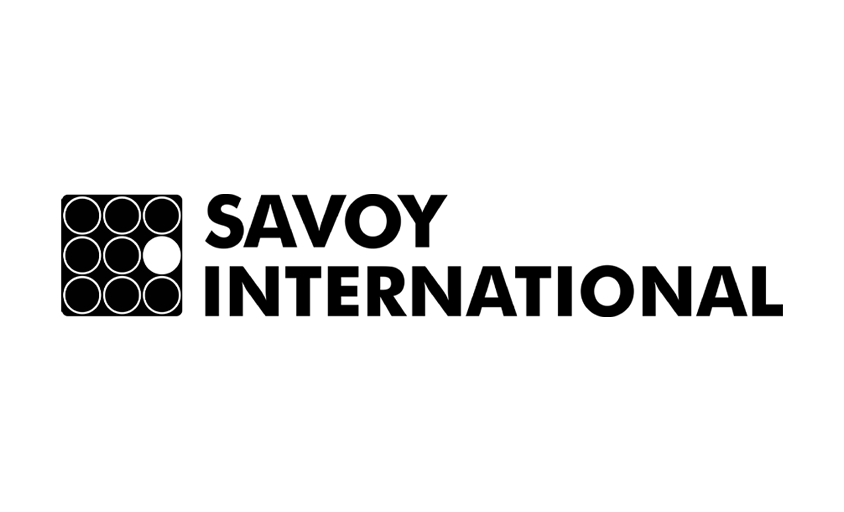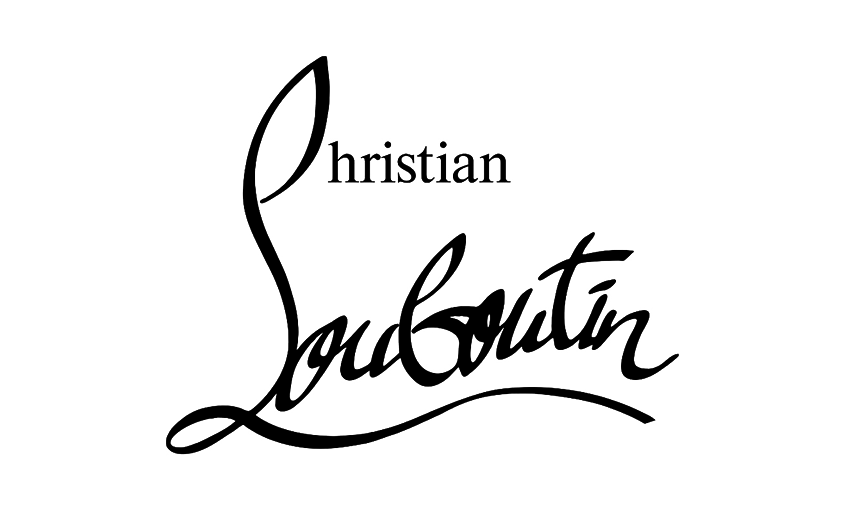Photography and Perspective in Architectural Photography
In this article :
In architectural photography, perspective is a fundamental element that defines the perception of volumes, proportions, and vanishing lines. A photographer specialized in perspective doesn’t just capture a building; they enhance it by controlling viewing angles, depth, and optical distortions. This expertise is essential for accurately portraying an architectural space and showcasing its aesthetics.
1. Understanding the Basics
Perspective in photography is based on how lines converge and create an illusion of depth on a two-dimensional image. There are several types of perspectives that influence how an image is perceived:
- Linear Perspective: Based on one or multiple vanishing points, it is often used to guide the viewer’s eye within an image.
- Atmospheric Perspective: Utilizes color and contrast degradation to enhance the sense of depth.
- Forced Perspective: A technique that plays with the perception of scale and proportions to alter reality.
In architectural photography, mastering linear perspective is crucial to avoid distortions and ensure an accurate representation of the building.
2. Optical Distortions
When photographing a building or interior, certain distortions can occur due to the lens focal length and the photographer’s position:
- Tilted Perspective Effect: Also known as high-angle or low-angle view, it causes vertical lines of a building to converge when photographed from below.
- Optical Distortion: Most noticeable with wide-angle lenses, it can curve straight lines, creating a bulging or stretched effect.
- Plane Compression: A telephoto lens can flatten volumes by reducing the sense of depth.
Correcting These Distortions:
- Use a Tilt-Shift Lens, which allows for perspective adjustment by tilting the optical axis.
- Work with Lightroom or Photoshop to straighten verticals and balance the composition.
- Position yourself at the mid-level of the subject to avoid exaggerated perspectives.
3. Composing an Image with Perspective
A skilled architectural photographer knows how to use perspective to add dynamism to an image. Here are some advanced techniques:
- Use a Single Vanishing Point: Ideal for frontal views where lines naturally converge towards a focal point.
- Leverage Symmetry: Perfect for interiors with strong lines, such as galleries, hotel lobbies, or classical facades.
- Create Visual Depth: By placing an element in the foreground, followed by successive layers of information for a three-dimensional effect.
Vanishing lines are essential in composition, guiding the viewer’s gaze throughout the image.
4. Recommended Equipment
Lenses:
→ Rectilinear Wide-Angle (14-24mm, 16-35mm): Ideal for capturing the vastness of a space without excessive distortion.
→ Tilt-Shift Lenses (24mm, 50mm): Essential for correcting verticals and achieving precise architectural rendering.
Accessories:
→ Tripod with Panoramic Head: For precise framing and perfect line alignment.
→ Bubble Level or In-Camera Calibration Tool: To prevent unintentional tilting.
5. Perspective and Post-Production
Even with careful composition in the field, post-production remains an essential step for an architectural photographer concerned with line precision and proportions. When opening the image in Lightroom or Photoshop, the first instinct is often to correct verticals and horizontals, especially to fix the tilted perspective effect that can cause a building to appear leaning backward. Precise adjustments ensure the architecture is accurately represented without distortion.
Next, it’s important to rebalance proportions: a structure slightly distorted by a wide-angle lens can regain its natural stance with a few tweaks. Finally, managing shadows and highlights perfects the image. By enhancing subtle contrasts and balancing exposure areas, you can create a true sense of volume and depth, making the architecture appear as imposing and immersive as it is in reality.
Conclusion
Mastering perspective is a key element in architectural photography. An expert in perspective can anticipate distortions, choose the right equipment, and refine composition to deliver a faithful and aesthetically pleasing representation of a space.
We can help with your project, so contact us to discuss it!
Jérémy Carlo is the editorial director at Rétines, where he ensures the consistency and clarity of all content produced by the studio.
Our Clients
Let’s discuss
What we do for you at Rétines
Meticulous work, an organised project and fast delivery. And to achieve this, we mobilise the right resources in our teams at the right time.
01
Pre-production
Artistic and technical direction tailored to the project.
Relevant recommendations on content, form and resources.
02
Photo Shooting
Photos taken by our experienced photographers.
Production that’s controlled, efficient and tailored to the needs of the project, with nothing superfluous.
03
Retouching
Technique
Photographs magnified by our retouching team.
Post-production to meet the commercial challenges of the brief.

